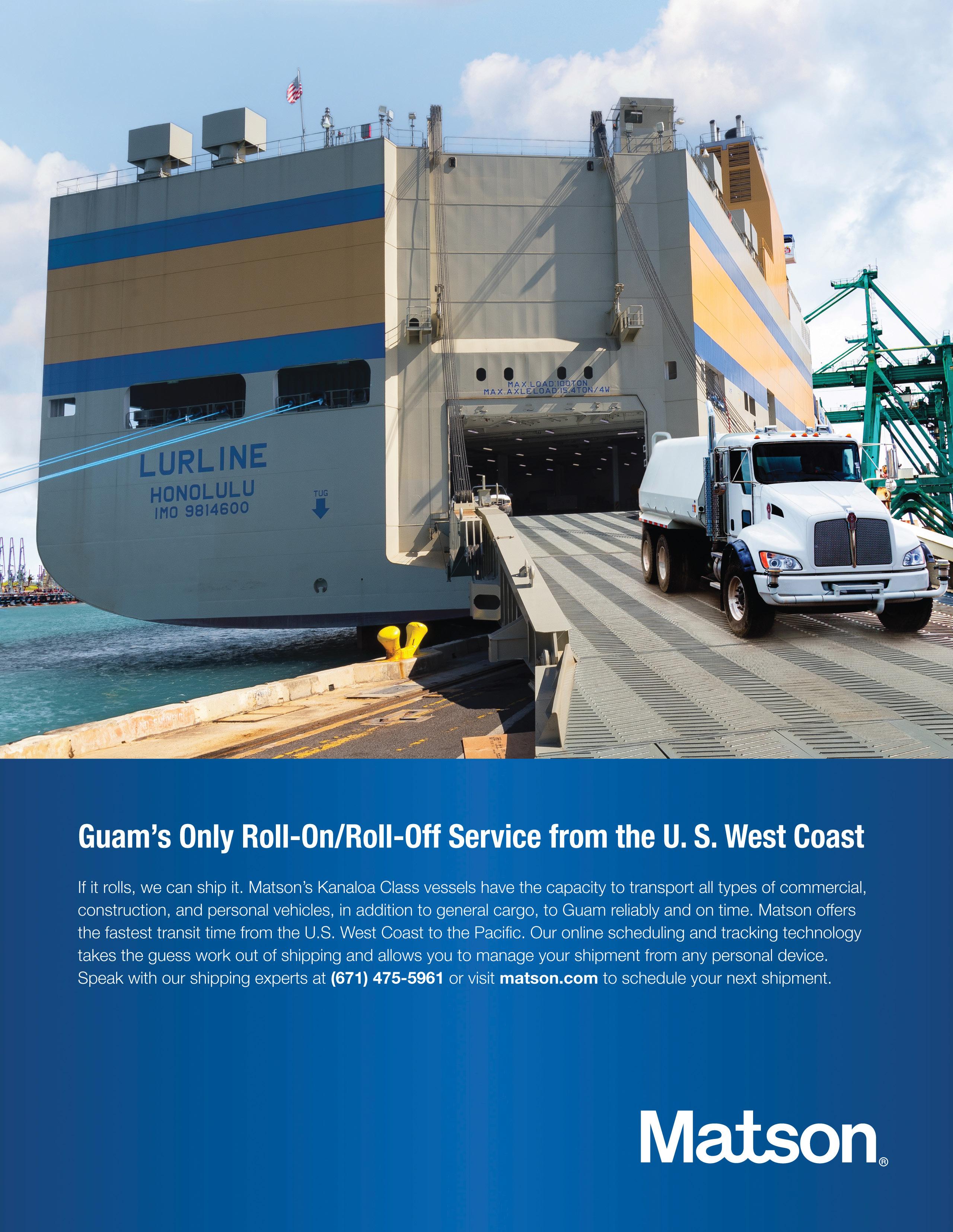
























PRESIDENT James Martinez
Guam Contractors’ Association
PAST CHAIRMAN
Joe Roberto East Island Tinting
CHAIRMAN
Matthew Hunter
Dylan Mechanical Construction Services
VICE CHAIRMAN
Kathleen David Pacific Rim Constructors
SECRETARY/TREASURER
Soraya Vongjalorn Vertex Guam
CONTRACTOR DIRECTORS:
Dean Bates
Black Construction Corporation
Allan Bell
SmithBridge Guam
AJ Perez
Hawaiian Rock Products
Brian Holm
Hensel Phelps
Randolf Salas Proferre
ASSOCIATE DIRECTORS:
Mark Cruz
Mid Pac Far East
Jose Garcia
First Hawaiian Bank
Camilo Lorenzo
Matson Navigation
Geri Leon Guerrero
Adztech Advertising and PR
Guam Contractor’s Association (GCA) in conjunction with Adztech and Public Relations, Inc. publishes the Construction News Bulletin (CNB) monthly. Reproduction of materials appearing in this publication is strictly forbidden without written permission by GCA.
While we always strive for accuracy, we will from time to time overlook mistakes. In order to help us improve the quality and accuracy of this publication, we ask that you take the time to look at the information provided and notify GCA or Adztech of any corrections as needed. Opinions and editorial content of this publication may not necessarily be those of the publisher, production team, staff, GCA members, GCA Board of Directors and advertisers.
For more information about advertising in the GCA Construction News Bulletin contact the advertising department at (671) 477-1239/2239 or email at adztech@teleguam.net.
Distributed to GCA members or can be obtained by stopping by the Guam Contractors’ Association office located at 506 Mariner Ave., Barrigada, Guam 96913
To find out more about how you can become a GCA member contact Guam Contractors’ Association at Tel: (671) 647-4840/41 Fax: (671) 647-4866 or Email: gca@teleguam.net. www.guamcontractors.org
Postmaster. Send address changes to Guam Contractors’ Association, located at 506 Mariner Ave., Barrigada, Guam 96913
PUBLISHER:
James Martinez
PRODUCTION TEAM LEAD: Geri Leon Guerrero
AD SALES: Alyssa Roces
PRODUCTION:
Jason Davis
Alyssa Roces
Christopher “Taco” Rowland
PHOTOGRAPHY:
Christopher “Taco” Rowland
EDITOR: Adztech
CONTRIBUTING WRITERS: Joanna Rupley Sablan
Francine Taitague
Rodney “RJ” Ricarte
Myracle S. Mugol
GCA STAFF: Desiree Lizama
Francine Taitague
Trevor Cruz
Rosielyn Holgado
Peter Finona
COVER: The GSP2050 highlights several elements to try and promote resilience and sustainability.

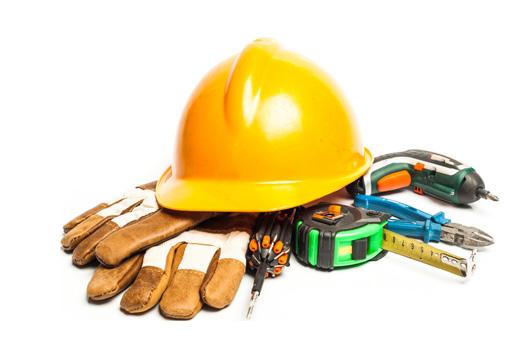
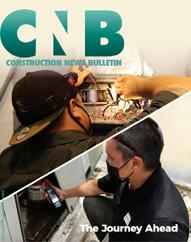
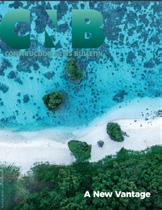



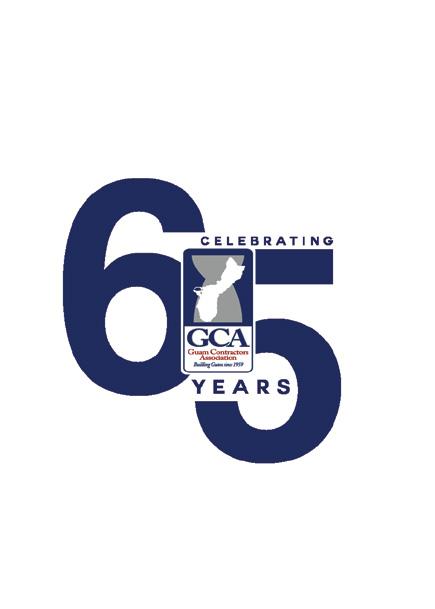




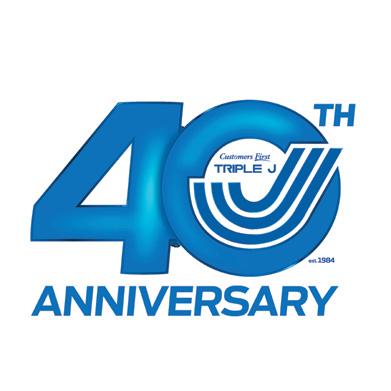








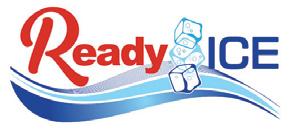























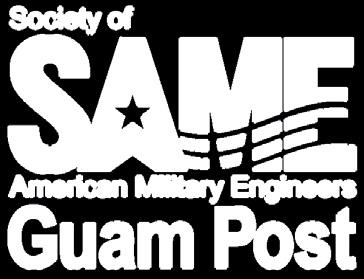



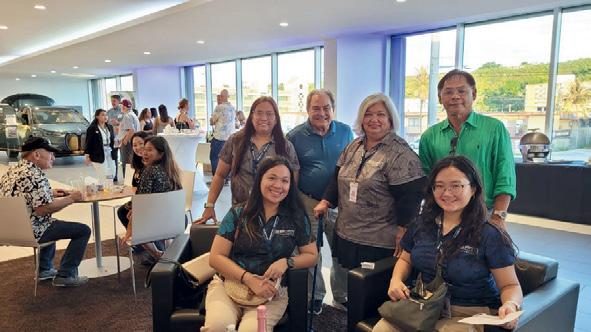




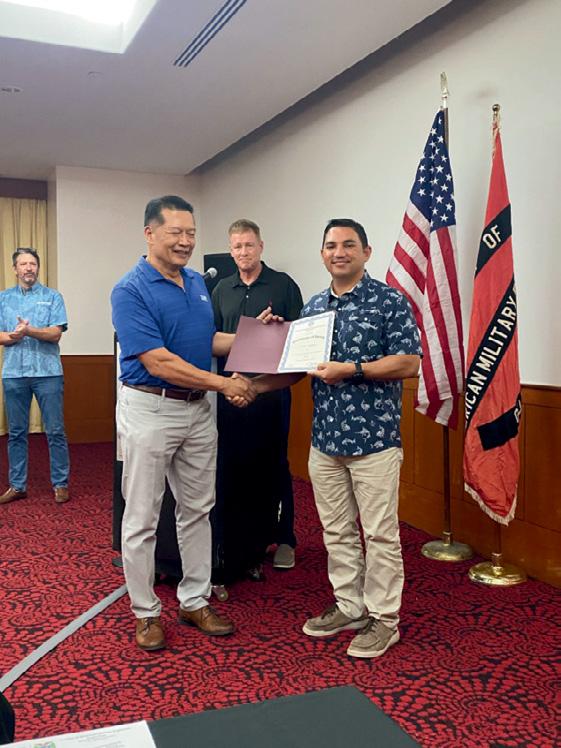
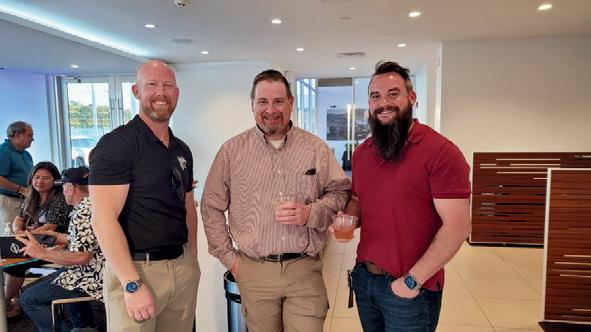


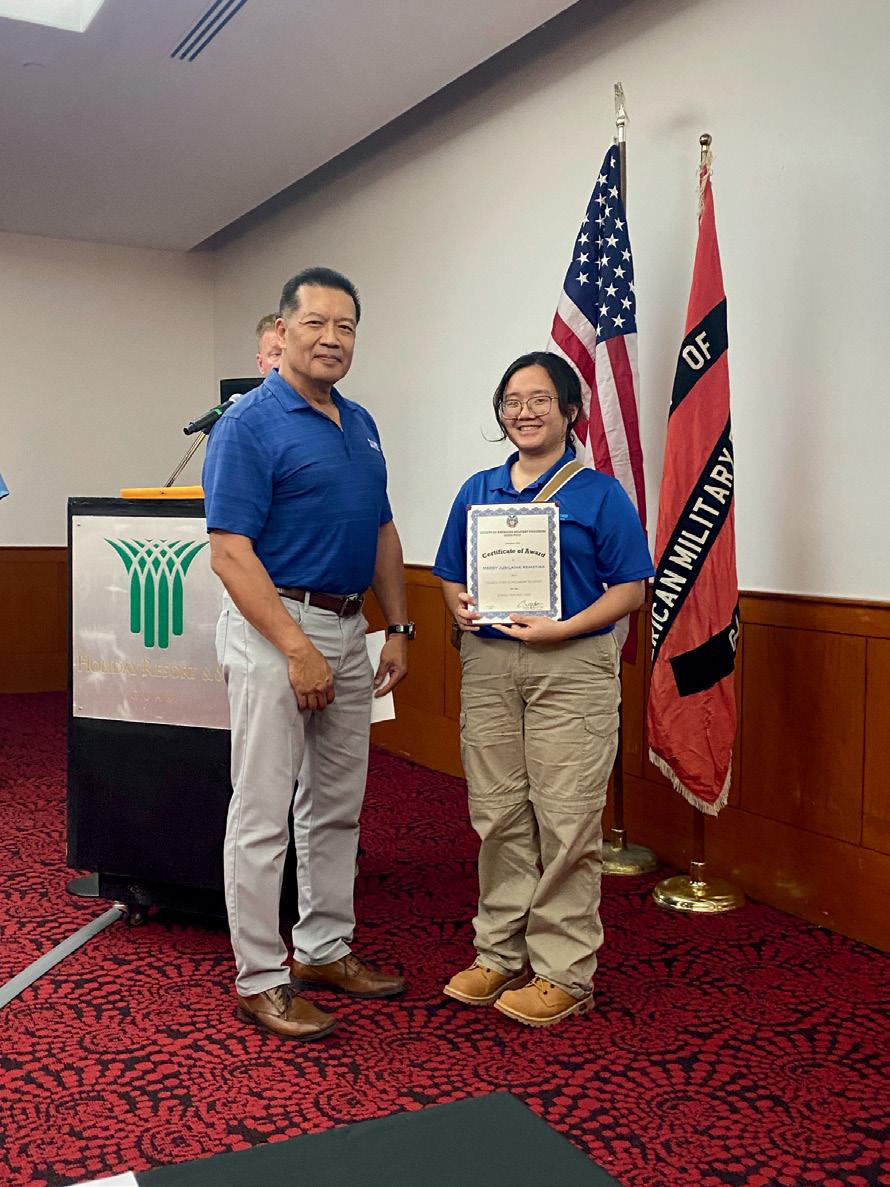

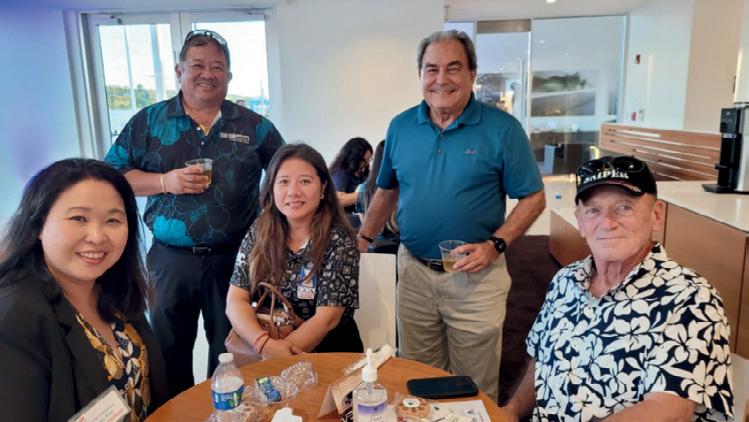

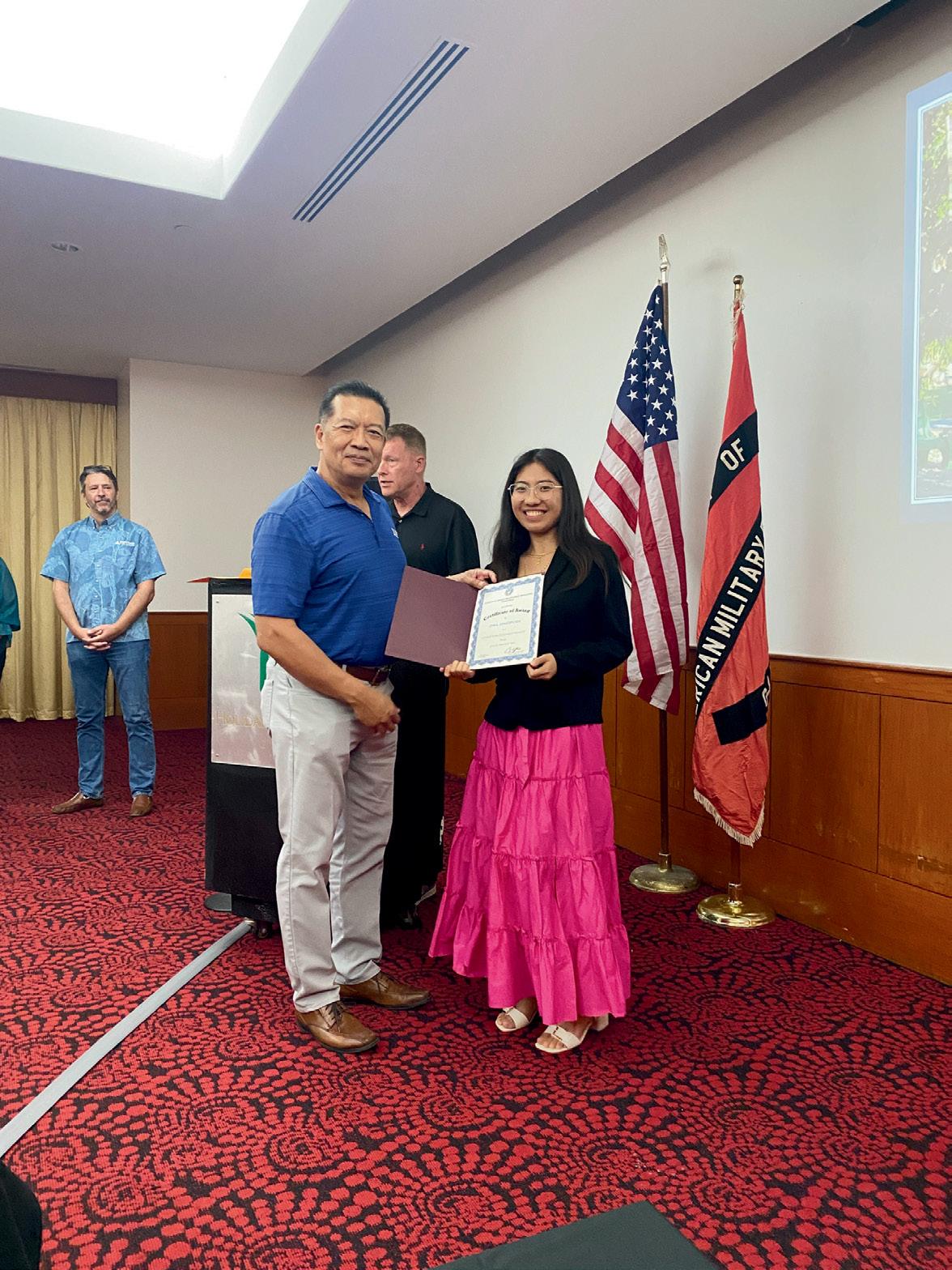

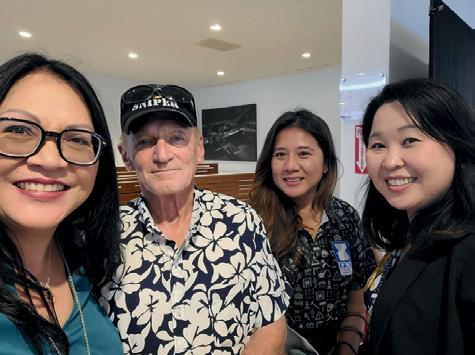

By Francine Taitague Safety, Training and Education Coordinator, Guam Contractors Association
In the ever-evolving construction industry, having an independent and confident workforce is crucial for success. As the Safety, Training and Education Coordinator at the Guam Contractors Association, I want to share how your company's apprenticeship program can play a pivotal role in developing these essential qualities in your employees.
At the heart of an apprenticeship program lies the opportunity for hands-on learning and problem-solving. Apprentices are not merely passive observers; they are actively engaged in the construction process, tackling real-world challenges and honing their skills. This gradual increase in autonomy and decision-making empowers apprentices to become self-reliant and independent, ready to take on the demands of the industry.
Apprenticeship programs also play a crucial role in building the confidence of your workforce. Through comprehensive training and mentorship, apprentices acquire the technical skills and expertise needed to excel in their chosen field. As they master these skills, their confidence grows, and they become more adept at tackling complex challenges. The feedback and guidance provided by experienced professionals further bolster their self-assurance, as they receive validation and recognition for their achievements.
The benefits of fostering an independent and confident workforce through your company's apprenticeship program are numerous. An independent and confident workforce is more productive and efficient, as they are
empowered to make informed decisions and solve problems without constant supervision. They are also better equipped to navigate the ever-changing landscape of the construction industry, adapting to new technologies, techniques, and challenges with ease. Also, an independent and confident workforce is more likely to experience job satisfaction and remain loyal to the company, reducing turnover and maintaining a competitive edge in the market.
Your company's apprenticeship program can play a vital role in developing an independent and confident workforce, essential for the success of your construction business. I encourage you to explore and implement apprenticeship programs within your company, as the benefits will contribute to the growth and prosperity of your organization.
Remember, the foundation of a strong construction company lies in the capable hands of those who build our world, one brick at a time.
The Guam Contractors Association keeps track of hours worked and the education progress of the apprentices in your program. We can guide your company through the whole process. What have you got to lose?
Join the list of companies that have, or are in the process of, creating an apprenticeship program to enhance the skills of its workforce.

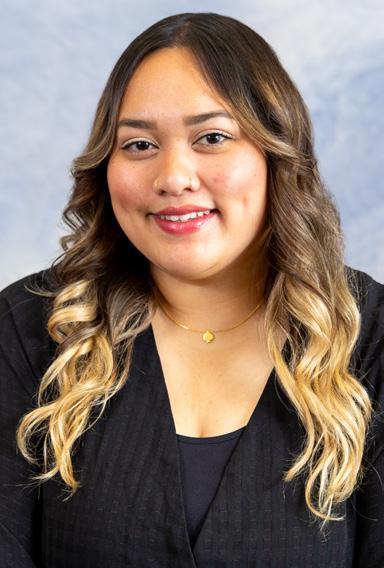
By Rodney “RJ” Ricarte
A good way to understand your TakeCare GCA Employee Health Benefit is to familiarize yourself with the TakeCare Member Handbook. This handbook outlines benefit coverage, copayments, co-insurance, deductible, exclusions and limitations specific to your health plan. We hope the Member Handbook is a resource for you.
The Payment Responsibilities section, starting on page 12, may help you understand how your premium and other payment options work. Here is an overview.
Premiums. The monthly premium for you and your eligible dependents will be handled by you or your employer. Your employer will notify you of any change in the employee contribution.
Non-Premium Related Charges. The member is responsible to pay for any costs above the Usual, Customary and Reasonable (UCR) charges or eligible charges including any applicable copayment, co-insurance, deductible and non-covered services.
Co-payments. When you receive care, you may be responsible for paying a portion of your expense known as a co-payment. Your co-payment amounts are outlined in the schedule of benefits and will vary depending on the type of care you received (e.g. specialty care).
Co-insurance. Depending on your TakeCare plan, you may be required to pay a portion of your expenses known as co-insurance. Co-insurance is the percentage of the expenses that you are responsible for paying because your TakeCare plan does not cover them at 100%.
Deductible. This is the amount that you incur and must pay before your TakeCare plan coverage begins. The accumulation of your deductible is on a per member per benefit period of the policy. Deductibles do not count towards the out-of-pocket maximum and may be applied to medical and/or pharmacy coverage as specified on your schedule of benefits.
Out-of-pocket maximum. A limit is placed on the maximum amount of money you are required to pay through co-payments and co-insurance during a benefit year. This limit is called your out-of-pocket maximum. It helps ensure that your share of medical costs never becomes a barrier to you receiving health care. It is your responsibility to submit proof of reaching your out-of-pocket maximum to TakeCare’s Customer Service or TakeCare’s Claims Department.
Reimbursement Provisions. When a participating provider treats you, that provider will submit a claim to our office. However, if you should receive treatment from a non-participating provider, you will need to pay for the services and seek reimbursement from TakeCare. Reimbursements must be submitted to TakeCare within ninety (90) days from the time you received the service from a non-participating provider. To be reimbursed for covered services paid by you and/or your dependents, you are required to submit a completed Deductible, Reimbursement, and Out-of-Pocket Member Claim form to TakeCare, along with original receipts and all required documentation stated in the form.
The above is not a complete listing, just a sample. The Member Handbook can assist you and your family to better understand your health insurance coverage. If you need more information, please contact me.
Rodney “RJ” Ricarte is the TakeCare account executive for GCA. He can be contacted at (671) 487-7121 or rodney.ricarte@takecareasia.com.







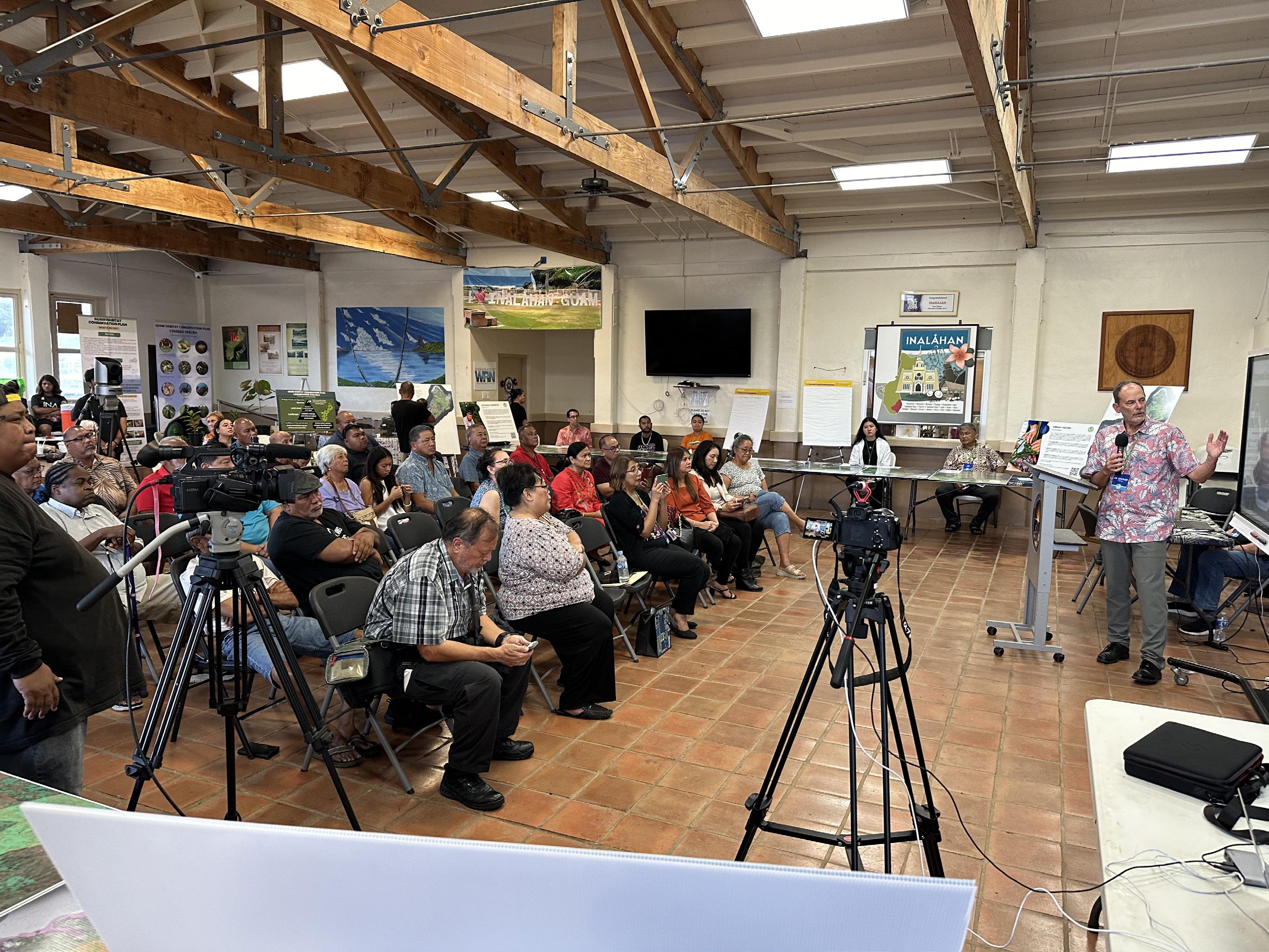
BY: MYRACLE S. MUGOL
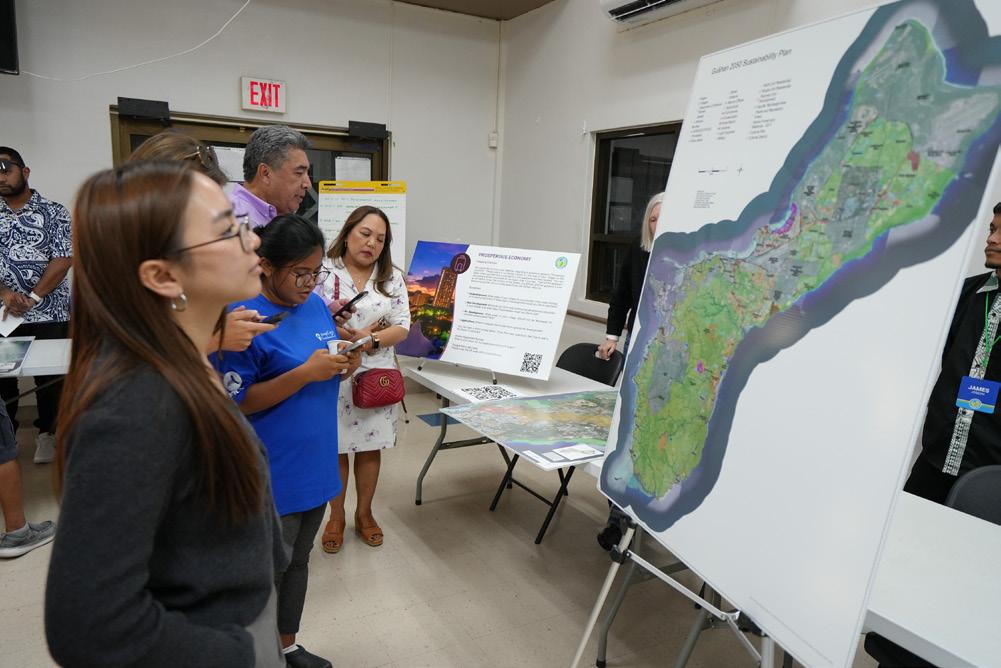
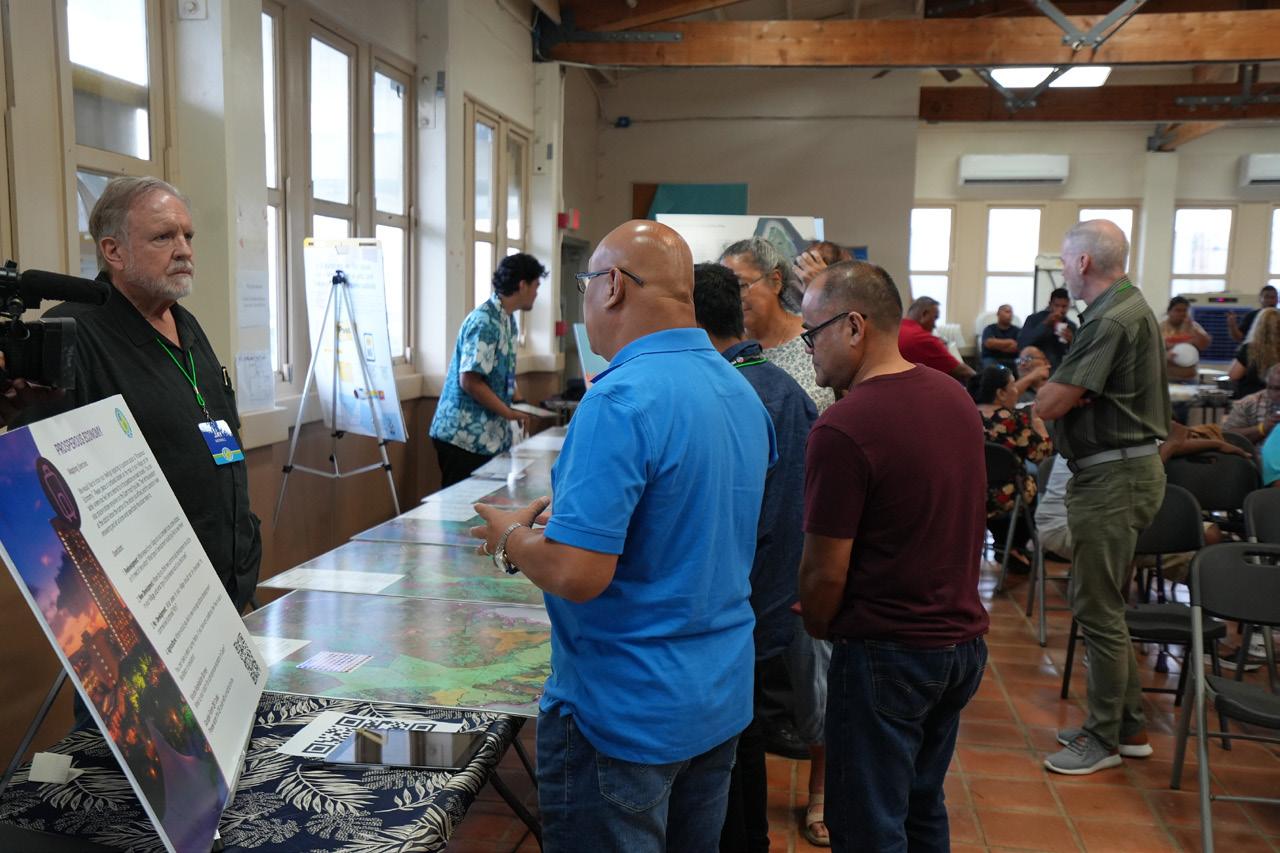

On December 1, 2020, Public Law 35-110 was passed, marking a pivotal moment for Guam’s future. This law amended sections of the Guam Code Annotated, renewing the Guam Comprehensive Development Plan to emphasize sustainability principles. The new plan, known as the Guåhan 2050 Sustainability Plan (GSP2050), aims to address the current and future needs of the island’s residents, ensuring a robust and equitable economy. The GSP2050 lays a foundation for affordable housing, clean water, reliable power, and well-maintained infrastructure, while safeguarding Guam's natural beauty and resources, promoting CHamoru culture, and enhancing public health and safety amid global climate changes.
In July, the island of Guam finds the word “Hasso” or “to remember” in CHamoru as a theme for much of the activities the circle around the Liberation Day festivities. After participating in one of the community engagement sessions that the Bureau of Statistics and Plans (BSP) held last month, there were metaphorical comparison to the Guam myth of the “Maidens that Saved Guam,” and the added direction that we need to remember that Guam works best as a community.
For those that are not familiar with it, in the ancient myth, the people of Guam faced a formidable threat: a giant fish that gnawed away at the very heart of their island, threatening to tear it apart. The ancient CHamoru people, were wise and resourceful, yet even they were initially baffled by the mysterious force eating their land. It was not until a perceptive maiden noticed the connection between the floating lemon peels in Pago Bay and Hagåtña Springs that the true nature of the threat was revealed. With courage and ingenuity, the young maidens wove a magical net from their hair, ensnaring the giant fish and saving Guam from destruction.
Today, we face a new challenge—not a literal fish, but the voracious appetite of development. This metaphorical giant fish threatens to consume our natural resources, erode our cultural heritage, and disrupt the delicate balance of our island ecosystem.
The Bureau of Statistics and Plans (BSP) is our modern-day response to this challenge, echoing the wisdom and resourcefulness of our ancestors, they elaborate, “The overall vision of the Guahan 2050 Sustainability Plan is to achieve a sustainable and resilient island community that balances development with conservation to enhance the quality of the environment and to preserve Guam’s natural beauty and historical heritage.”
Unlike previous development plans, the GSP2050 is the
first comprehensive update since 1978. It introduces a community-based vision for sustainable growth over the next 25 years. As a land use plan, it significantly impacts various facets of life on Guam, including the economy, infrastructure, environment, society, and culture. This plan integrates land use strategies for the North and Central regions and creates a framework for the South. It is guided by global sustainability goals, ensuring Guam aligns with international best practices. The GSP2050 introduces several key elements designed to promote sustainability and resilience:
• Conservation: The plan emphasizes the protection of rare natural communities and habitats for threatened and endangered species. It also includes the protection of coral reefs and productive seas within marine protected areas. Conservation efforts are crucial to maintaining Guam’s biodiversity and ensuring the health of its ecosystems.
• Recreation: The development of scenic and historic trails is a key component of the plan. These trails will provide residents and visitors with opportunities to connect with Guam’s natural beauty and cultural heritage. Promoting outdoor recreation aligns with the goals of improving public health and fostering a deeper appreciation for the environment.
• Sustainable Development Policy: The GSP2050 adopts a comprehensive approach to sustainable development, including the promotion of renewable energy, zero waste, and sustainable materials management. These policies aim to reduce greenhouse gas emissions and the island’s overall carbon footprint, combating the effects of climate change.
• Capital Improvement: Incorporating sustainable practices in development projects is essential for creating a resilient infrastructure. The plan includes guidelines for sustainable construction and the use of eco-friendly materials, ensuring that new developments align with sustainability goals.
• Preservation: Protecting Guam’s cultural and historical heritage is a priority within the GSP2050. This includes the preservation of historical sites, traditional practices, and CHamoru culture. Ensuring that future generations can connect with their heritage is essential for maintaining a strong sense of identity and community.
• Indigenous Connections and Rights: The plan recognizes the importance of indigenous connections and rights, ensuring that CHamoru culture is respected and integrated into all aspects of development. This includes acknowledging the traditional knowledge and practices that contribute to sustainable living.
• Community Health and Well-being: Promoting mental and physical health initiatives is a critical component of the GSP2050. The plan includes strategies for improving access to healthcare, enhancing public health infrastructure, and creating environments that support healthy lifestyles.
GSP2050. Much like the maidens who observed the telltale signs of the giant fish, our community's feedback serves as the critical insight needed to guide sustainable development and growth. The Bureau of Statistics and Plans emphasizes, “This platform provides opportunities for the community to come together, provide input, and help shape a sustainable future for Guam.”
While the preliminary results from the June 18-20, 2024, community meetings are still being analyzed, the feedback received so far has been invaluable. Residents have highlighted the importance of protecting natural resources, promoting cultural preservation, and ensuring equitable access to essential services. This input will guide the development of specific strategies and initiatives within the GSP2050.
The collaboration and partnerships fostered by the Bureau of Statistics and Plans are akin to the collective efforts of the taotaomo’na (ancient CHamoru people). By working with government agencies to conduct an inventory of plans adopted, proposed, and in progress since the last comprehensive development plan, the Bureau ensures that GSP2050 is built on a solid foundation of past experiences and current insights. Public-private partnerships play a crucial role in the plan's implementation, fostering dialogue and leveraging resources from both sectors. “The Bureau has collaborated with government agencies in conducting an inventory of plans that have been adopted, proposed, and plans that are in the works since the last comprehensive development plan,” they state. This collaborative spirit is essential to the success of GSP2050, much like the unity displayed by the maidens and their community in capturing the giant fish.
The success of the GSP2050 will be measured through the implementation of policies and regulations developed with feedback from government, businesses, and community stakeholders. “The plan will set forth the framework for future land use development, historic preservation, and project plans, including public infrastructure, business establishments, parks, and community centers,” according to the BSP, therefore thoughtfully designing the net to catch our modern day fish.
To ensure the plan’s effectiveness, the BSP will establish benchmarks and performance indicators to track progress. These metrics will allow for regular assessments and adjustments, ensuring that the GSP2050 remains responsive to changing conditions and emerging challenges.
Public engagement remains a foundation of the GSP2050. Residents are encouraged to continue
contributing their ideas and feedback through the BSP’s website and upcoming island-wide phone surveys. “Although the three village community engagements have concluded, residents still have an opportunity to participate and provide valuable input,” the BSP emphasized.
The BSP has made it easy for residents to stay involved. The Bureau’s website provides access to surveys related to key areas of the plan, including the environment, economy, community, and culture. These surveys allow residents to share their vision for Guam’s future and identify priority issues.
An island-wide phone survey is scheduled for August 2024, providing another opportunity for residents to contribute. This survey will gather additional input on how the community envisions Guam in the next 25 years, further shaping the GSP2050.
The tale of the young maidens who saved Guåhan is more than just a myth; it symbolizes our collective responsibility to protect our island. Like the maidens' magical net, we must weave our net of feedback, participation, and sustainable practices. Our involvement in GSP2050 ensures that development enhances, not devours, our natural resources and cultural heritage.
GSP2050 envisions a prosperous and sustainable future for Guam, balancing growth with conservation and promoting community well-being. By preserving Guam’s natural beauty, historical heritage, and vibrant culture, we ensure a thriving future for our island. The Bureau of Statistics and Plans guides us in making our island resilient against modern pressures.
We are all stewards of Guåhan/Guam. Our actions today shape the island's future, just as the maidens' actions saved their island from the giant fish. By embracing GSP2050 and participating in its implementation, we ensure a prosperous, sustainable future rooted in our heritage.
For more information or to participate in the ongoing development of the Guåhan 2050 Sustainability Plan, visit https://www.bsp.guam.gov/2050-2/.



Letitia Lujan Asst. General Manager






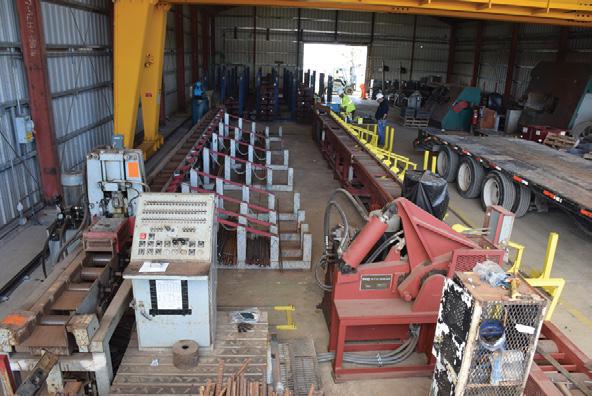

East Hagåtña 477-TINT (8468) / 472-TINT eastislandtinting@guam.net

June 20th, 2024
Westin Resort Guam

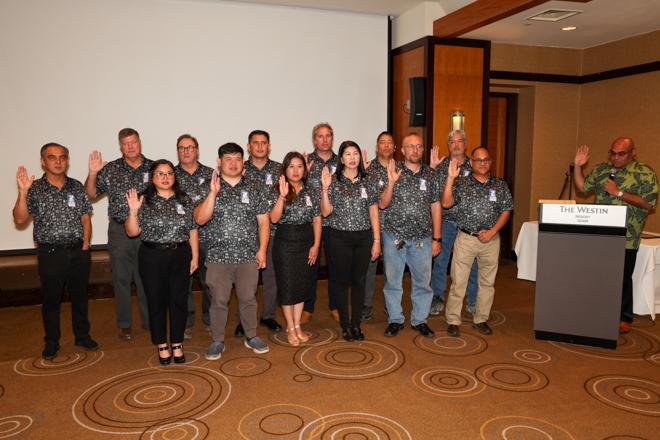












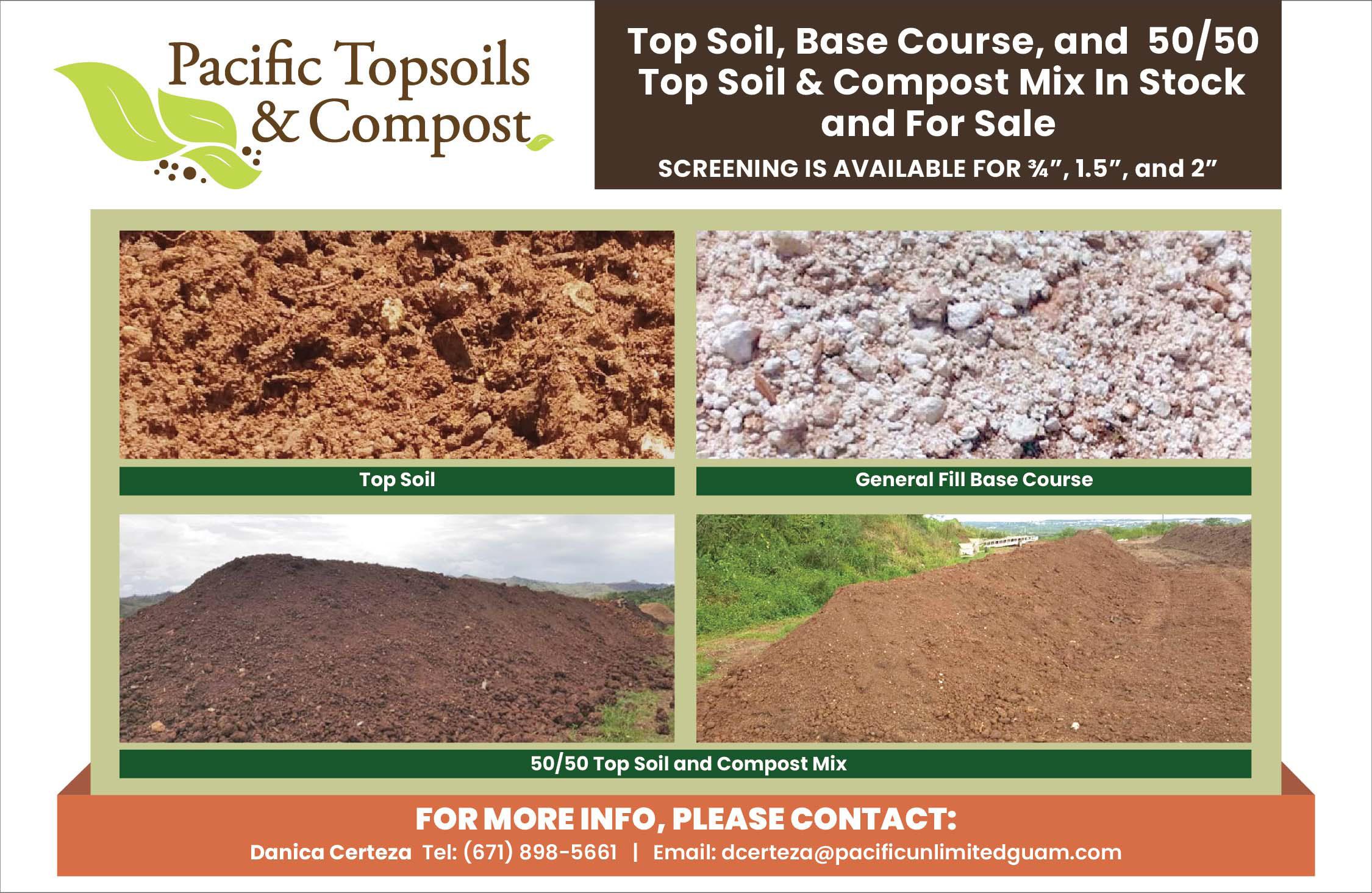

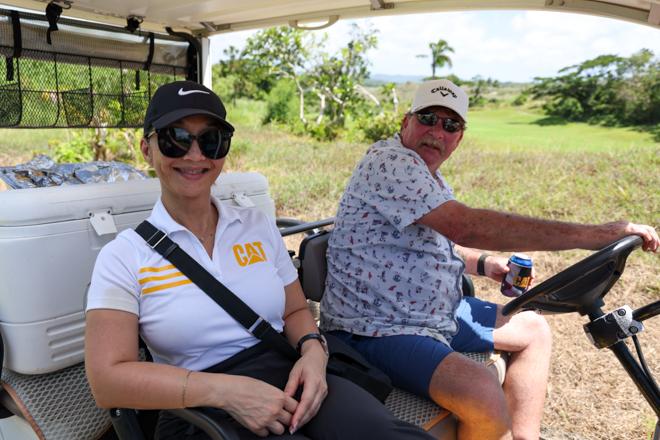

GCA 36th Annual
Golf Scholarship FUN-raiser!
June 14th, 2024
Leo Palace Resort Guam


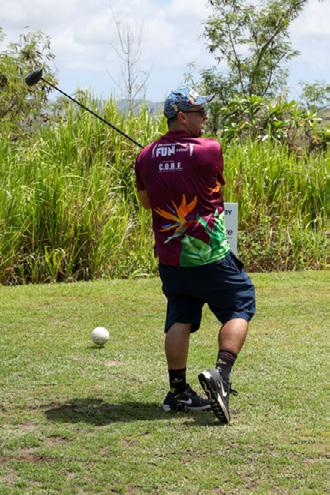






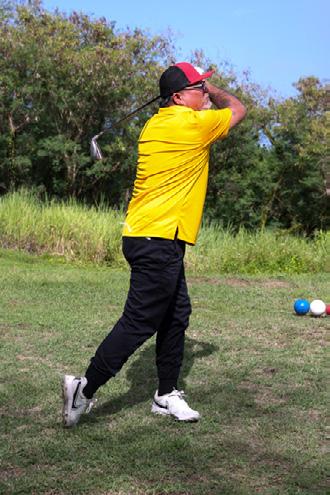



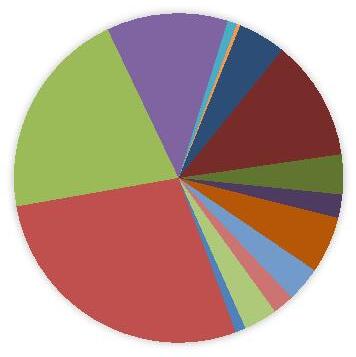




DIAMOND SPONSORS
PLATINUM SPONSORS

GOLD SPONSORS


SILVER SPONSORS
Black Construction Corporation • First Hawaiian Bank
BRONZE SPONSORS
Isla Coatings and Roofing Supply
Island Equipment Company G4S Security Systems (Guam), Inc. • Phoenix Pacific (Guam), Inc.
